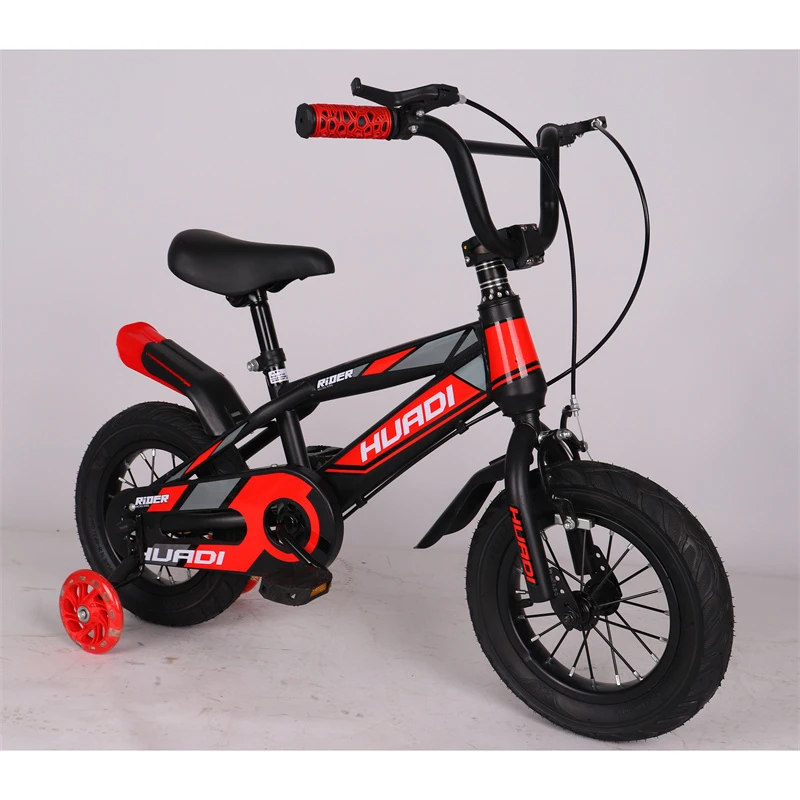mountain bike types
Understanding Different Types of Mountain Bikes
Mountain biking is an exhilarating sport that connects riders with nature, offering both adventure and challenge. The variety of terrains and conditions encountered while traversing mountain trails necessitates different types of mountain bikes, each designed to enhance performance and rider experience. Whether you're a novice or a seasoned biker, knowing the types of mountain bikes can help you make an informed decision about which one is right for you.
1. Cross-Country (XC) Bikes
Cross-country bikes are the lightweights of the mountain bike world. They are designed for speed and efficiency on well-maintained trails and are often used in racing. An XC bike typically features a lightweight frame, narrow tires, and a rigid or suspension setup that is efficient on climbs and flat sections. These bikes often come with a hardtail design, meaning they have a suspension fork in the front but a rigid rear, which helps in maintaining speed and minimizing weight. Nonetheless, full-suspension options are available, offering a balance between comfort and performance. XC bikes excel in long-distance rides and are perfect for riders looking to cover miles quickly.
2. Trail Bikes
Trail bikes are versatile bikes that can tackle a variety of terrains, making them ideal for recreational riders who enjoy diverse trails. They typically feature a moderate amount of suspension travel (around 120mm to 150mm) to handle rougher trails, roots, and rocks while still providing a balance between climbing and descending capabilities. Trail bikes are known for their stability and comfort, allowing riders to maneuver through technical sections with ease. They can also be equipped with either a hardtail or full-suspension design, depending on the rider's preferences and the type of trails they frequent.
For those who crave more adventurous trails, all-mountain bikes are built to handle rugged terrain and steep descents. They usually have longer suspension travel (between 140mm to 180mm), which provides better shock absorption during intense rides. All-mountain bikes are heavier than XC or trail bikes but excel in climbing and are designed to provide a balanced ride on both ascents and descents. Riders looking for a bike that can handle a wide range of conditions, from technical downhills to moderate climbs, will find all-mountain bikes to be a solid option.
mountain bike types

4. Enduro Bikes
Enduro bikes take the spirit of all-mountain bikes further, focusing on downhill performance while still allowing for uphill rides. They often feature even more suspension travel, typically ranging from 150mm to 180mm, making them ideal for aggressive descents. Enduro bikes are designed for riders who participate in enduro racing, where the majority of the downhill sections are timed, and climbs are not. These bikes may be heavier but offer unparalleled stability and control on rough descents, making them a favorite among adrenaline-seekers.
5. Downhill Bikes
Downhill bikes are built exclusively for descending steep, rugged terrain at high speeds. They come equipped with the most substantial suspension systems, usually exceeding 200mm of travel, to absorb significant impacts from drops and rough trails. These bikes are heavy and robust, designed for stability and control, allowing riders to navigate downhill tracks with confidence. However, they are not intended for climbing and often require transportation via chair lifts or shuttles.
6. Fat Bikes
Finally, fat bikes are gaining popularity for their unique capability to handle soft and unstable terrain, such as snow, sand, and mud. These bikes feature oversized tires that provide better traction and stability on loose surfaces. Fat bikes can be used in a variety of conditions and are perfect for adventurous riders looking to explore wilderness areas during different seasons.
Conclusion
Choosing the right type of mountain bike is crucial for an enjoyable riding experience. It ultimately depends on your riding style, the terrain you plan to tackle, and your personal preferences. Whether you opt for a lightweight cross-country bike or a robust downhill bike, the key is to find a bike that suits your needs, allowing you to explore and enjoy the great outdoors. Happy biking!
-
kids-scooter-tiny-olympic-games-scooterathlonNewsAug.22,2025
-
kids-scooter-waves-xingtai-zhongzhous-global-rippleNewsAug.22,2025
-
baby-tricycle-oem-legacy-zhongzhou-forgedNewsAug.22,2025
-
xingtais-twin-tricycle-revolution-siblings-ride-togetherNewsAug.22,2025
-
baby-tricycle-design-inspired-by-ancient-armorNewsAug.22,2025
-
nfc-chip-enabled-oem-baby-tricycle-trackingNewsAug.22,2025
-
The Perfect Baby TricycleNewsAug.11,2025








